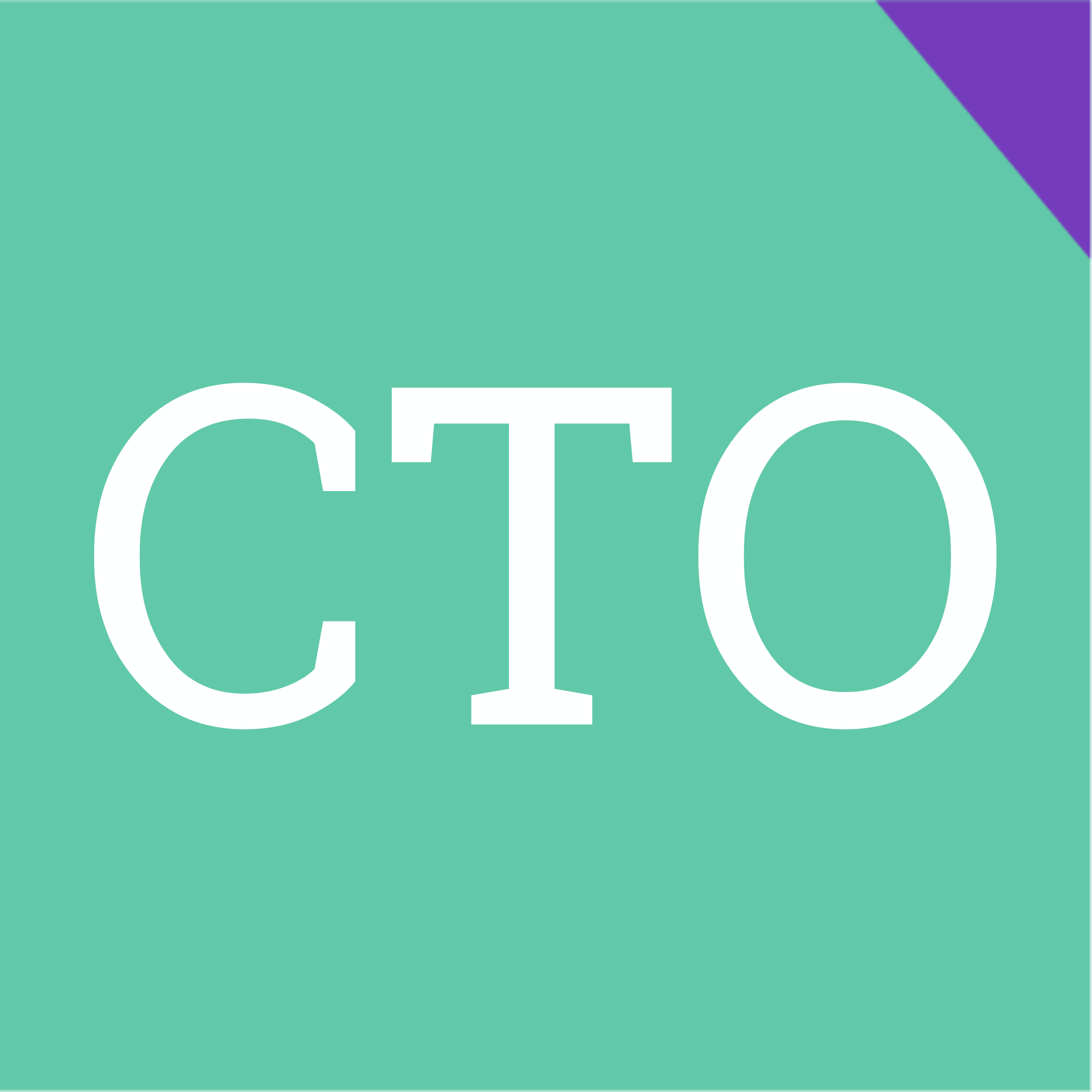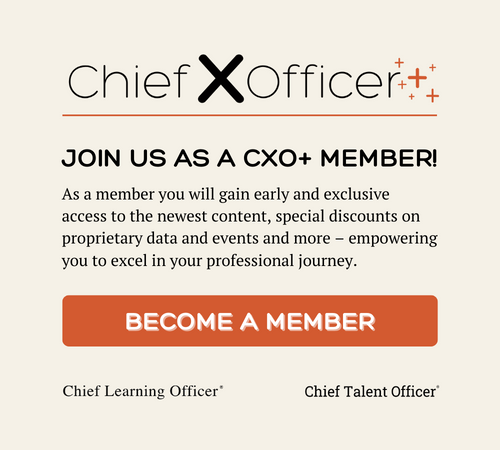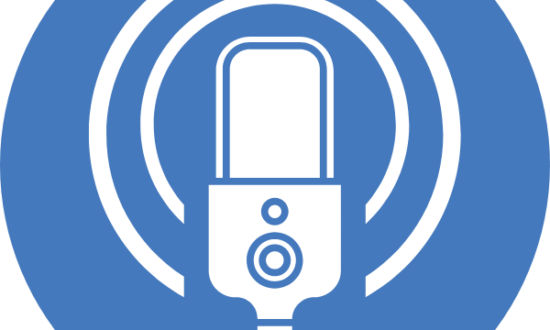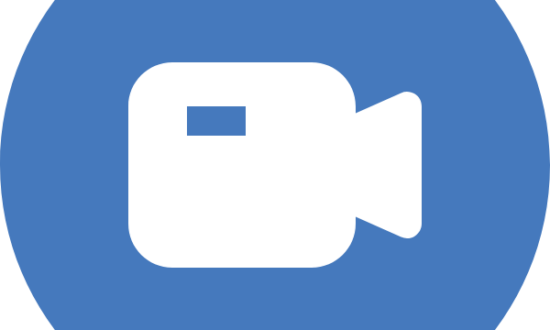A few years ago, the talent management team at StepStone Group started work on an automation program during a high growth period for the organization. By leveraging automation, they hoped to streamline repetitive time-taxing tasks from onboarding through the talent lifecycle to allow for a greater strategic focus.
The automation program helped the talent acquisition teams and managers eliminate tedious tasks and data entry errors and instead focus on onboarding, as the company grew from 600 to more than 1,000 employees. StepStone Group is a global private markets investment firm that provides data services and investment solutions to its clients.
From onboarding to performance management, assessment and development, the talent management and acquisition teams automated their communication across the company. Noelle Knutson, senior human resources analyst at StepStone, says when she started at the company three years ago before the program launched, much of the processes and her everyday routine were grueling.
“I call those the dark days, just because there was a lot of manual data entry,” Knutson says. “Automation freed up a lot of the time to look at the big-picture items and strategy vs. the mundane day-to-day repetitive tasks.”
Decluttering the process
For a newly formed talent management team, there was a lot of room to automate processes. But with so many opportunities, the challenge became “how can we automate things, but not have too many automations in place that just becomes more work?” Knutson says. “It became automating where possible and customizing where necessary.”
Justin Davis, vice president of learning and development at StepStone, says dealing with legacy technologies and having to research new systems forced the team to get creative in their rollout. “A lot of troubleshooting was making sure we could actually accomplish what we wanted with what we have,” he said.
The first step was navigating a combination of platforms to support all reminder and notification systems and processes for talent management, talent acquisition and HR. With help from Greenhouse for recruiting platforms, UKG for their HRIS and Microsoft Power Automate, the team found a balanced solution.
Automated tasks now include communication with new hires, managers, IT, administration and reporting needs related to performance management or compliance training. In addition to the time returned to the talent management team, they found the automation program helped to reduce errors in reporting and data entry. When transferring data from one spot to another, there will always be “human errors,” Knutson says. “Since we’ve freed up time, it’s now a review instead of having to spend all your time entering it.”
Elevated onboarding
In the onboarding process, one invite replaces 50. Most emails – like reminders to IT, managers or new hires – have been completely automated. Team leaders have found that clearing digital clutter gives managers more freedom to engage and support new hires throughout the process. With onboarding especially, it was vital to maintain a human touch. In automated communications, the team made sure to include names and personal emails for easy points of contact.
“Because we have the automation in place, we have the time now to provide that extra touchpoint that makes it a lot more important and special for new hires,” Knutson says.
The feedback for their onboarding process before the current team joined “was poor,” says Nitin Malik, global head of talent at StepStone. Now, Malik says the first day of orientation is at 100 percent favorability. With week one, 30-, 60- and 90-day onboarding surveys incorporated into their automated system, the team can consistently check on the process.
As the team moved from onboarding check-ins on random days to one every two weeks, their data was cleaner, and so was their scalability and efficiency, Malik says. Across the onboarding experience, their anecdotal and survey-based data shows employees who join have a great experience from day one – and so do their managers.
Managers say they feel more informed and prepared from the moment an employee starts; they know all the early information is taken care of and progress is automatically visible in their system.
Automating interns
In addition to the onboarding of new hires, StepStone also introduced its first intern program with automated communications and support from day one, not just adapting old systems but leveraging automation to support new ones.
Brianna Grant, senior analyst on the HR team, says she sees these automated systems in action making processes more efficient across the board. “Seeing how it can connect these different programs has been a great thing to see grow,” she says.
The process began with a deep dive into what interns would need from the first day to each week after and how to best engage with them. Talking with members of the HR team, admin team, campus team and owners of different businesses, the talent team clarified expectations and took the steps to create a complete experience and give interns exactly what they need, no matter where they work.
For technologically native interns, the talent team tries to look for new ways to engage them with “different pieces of technology,” says Grant, head of the program. Whether building out a website specifically for them or automating emails, the team is “always looking for the next big thing to grab their attention and make sure they’re connecting with the program itself.”
Many people entering the workforce come in with a “self-service mentality,” Malik says. If they don’t know something, many prefer to look it up and figure it out themselves, so providing the interns the tools and information they need to do that is crucial.
“Employee experience is top of mind when it comes to automation,” Malik says. “How will the employee get this information? Will they know what to do with it?” He says trial and error and testing is vital. “It needs to work on the first try because you only get one shot to make a really good impression.”
Looking ahead
Moving beyond transactional emails and manual reminders may sound like it’s removing the human touch from the equation, but it’s allowed StepStone and its talent management team to balance their equation and provide more value to their newest hires and the bottom line.
Knutson says automation has enabled them to “focus on more strategic things instead of being stuck sending the same email 20 times a day or pushing information from one place to another 20 times a day.”
Looking ahead, the talent team plans to help incorporate automated workflow platforms across more areas of the company, such as helping the IT team reduce their workload with a better HR automation system and developing automatic assessment report flows for hiring managers.
Growing strategic capability through automation has also allowed their team to be more data-driven when presenting feedback, progress updates or improvements in process. “We are able to bring solid data to the table to make our case,” Davis says. “Being a more data-driven department as a whole helps us be more strategic.”
If you want to up the level of your talent management team so they can focus on engagement, you need to figure out opportunities to automate and streamline their “basic, mundane work,” Malik says. “We’ve built a template for a growing organization like ourselves. You do not need that many people, you just need to take the time to understand the tools at your disposal, how to create a better experience and give time back to your team.”











